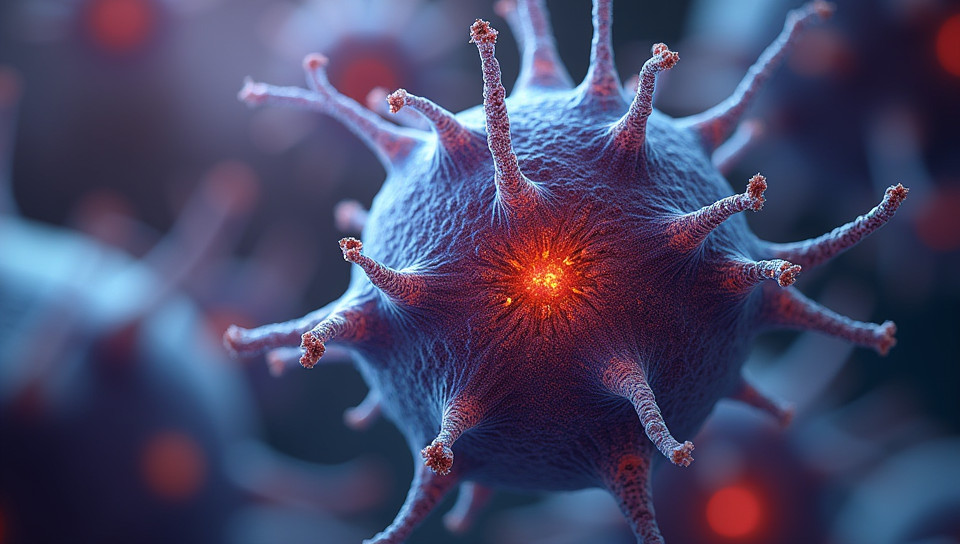The scaffold microarchitecture influences cell behavior and function significantly 89%

The Scaffold Microarchitecture: A Crucial Player in Cell Behavior and Function
In the complex world of tissue engineering, the scaffold microarchitecture has emerged as a critical component in determining cell behavior and function. The structure and organization of a scaffold can significantly influence how cells interact with their surroundings, adhere to the material, and eventually form functional tissues.
The Importance of Scaffold Microarchitecture
The microarchitecture of a scaffold refers to its three-dimensional structure at the nanoscale or even smaller. This intricate design is crucial in mimicking the natural extracellular matrix (ECM), which provides cells with essential cues for growth, differentiation, and organization. A well-designed scaffold microarchitecture can promote cell attachment, proliferation, and differentiation, ultimately leading to the formation of functional tissues.
The Influence of Scaffold Microarchitecture on Cell Behavior
The influence of scaffold microarchitecture on cell behavior is multifaceted. For instance:
- Cells can sense the topography of a scaffold through mechanoreceptors, which trigger signals that regulate cell adhesion, migration, and differentiation.
- The pore size and shape of a scaffold can affect the diffusion of nutrients and waste products, influencing cell metabolism and growth.
- The surface chemistry of a scaffold can modulate cell behavior by altering the affinity between cells and the material.
The Impact on Tissue Engineering
Understanding the influence of scaffold microarchitecture on cell behavior has far-reaching implications for tissue engineering. By designing scaffolds with specific microarchitectures, researchers can tailor the growth and differentiation of cells to create functional tissues that mimic the properties of native tissues.
Conclusion
In conclusion, the scaffold microarchitecture plays a pivotal role in determining cell behavior and function. The intricate structure and organization of a scaffold can significantly influence how cells interact with their surroundings, adhere to the material, and eventually form functional tissues. By harnessing this knowledge, researchers can develop innovative solutions for tissue engineering applications, ultimately paving the way for breakthroughs in regenerative medicine and tissue repair.
- Created by: Victoria Ramírez
- Created at: Feb. 4, 2025, 5:40 p.m.
- ID: 20094









